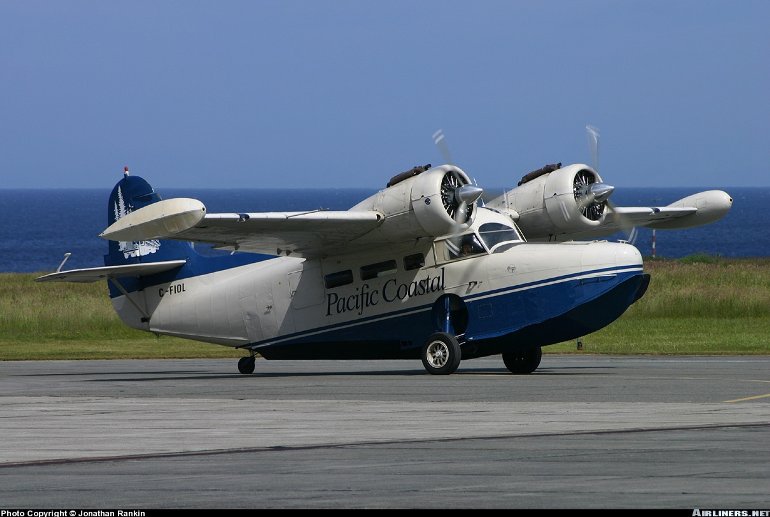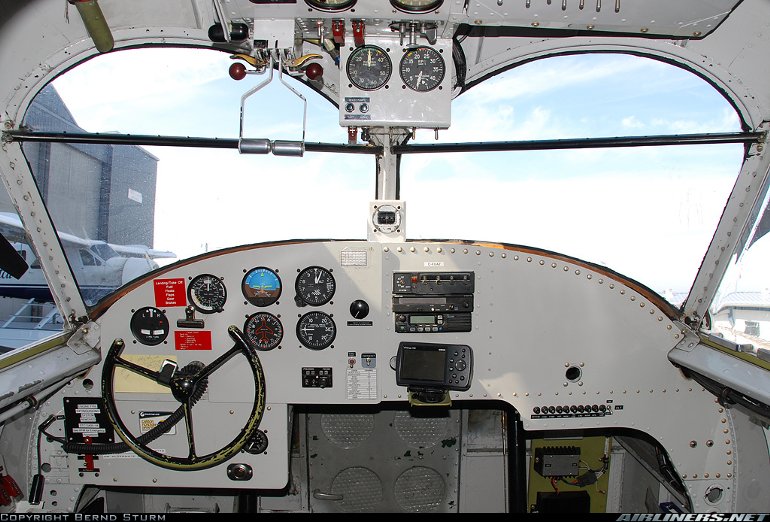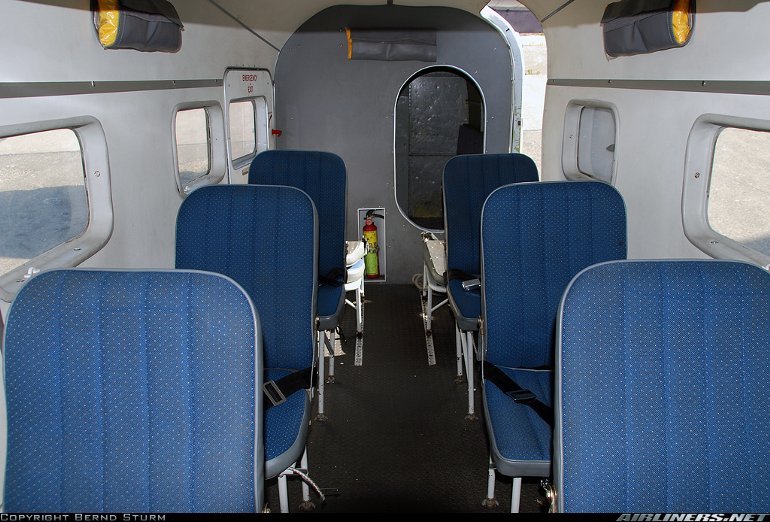Aircraft Technical Data
Grumman G-21 Goose



| Details | |
| Country of Origin | United States of America |
| Type | Eight seat utility amphibian |
| History | The Goose began life in the pre WW2 days as Grumman's first design intended for civilian use, but most of the type's production ultimately was against military orders placed during WW2. The Goose's first flight occurred in June 1937. Grumman's already extensive experience in building fighters for the US Navy was reflected in the Goose's rugged construction, features of which included a braced tailplane and deep two step hull. A retractable undercarriage was another feature. Initial civil production machines were designated the G-21A. The arrival of WW2 saw the Goose (a name originally bestowed on the aircraft by Britain's Royal Air Force) enter military service with a number of allied air arms, the largest operator being the US Navy. Military orders from the US, Britain and Canada accounted for much of the Goose's 300 unit production run. Postwar, surplus Gooses found their way into service with commercial operators worldwide, their unique amphibious capability and rugged construction ensuring their popularity in the coming decades. A number of Gooses have been converted to turboprop power, McKinnon Enterprises (initially based in the US, and then Canada) first fitting Gooses with four 255kW (340hp) Lycoming GSO480 piston engines, and then with two Pratt & Whitney Canada PT6s. Two versions of the latter were developed, the Turboprop Goose and the G-21G TurboGoose which introduced enlarged cabin windows and retractable wingtip floats. |
| Powerplants | G-21A - Two 335kW (450hp) Pratt & Whitney R985AN6 Wasp nine cylinder piston radial engines driving two blade constant speed propellers. TurboGoose - Two 505kW (680shp) Pratt & Whitney Canada PT6A27 turboprops driving three blade propellers. |
| Performance | G-21A - Max speed 323km/h (175kt), cruising speed 307km/h (166kt). Initial rate of climb 1300ft/min. Service ceiling 22,000ft. Range with max fuel 1285km (695nm). TurboGoose - Max speed 390km/h (210kt). Service ceiling 20,000ft. Range with standard fuel 2575km (1390nm) |
| Weights | G-21A - Empty 2460kg (5425lb), max takeoff 3630kg (8000lb). TurboGoose - Empty equipped 3040kg (6700lb), max takeoff weight 5670kg (12,500lb). |
| Dimensions | G-21A - Wing span 14.95m (49ft 0in), length 11.70m (38ft 4in), height 3.66m (12ft 0in). Wing area 34.8m2 (375sq ft). TurboGoose - Wing span 15.49m (50ft 10in), length 12.06m (39ft 7in). Wing area 35.1m2 (377.6sq ft). |
| Capacity | Flightcrew of two. Main cabin passenger seating for six or seven in piston engined Goose, TurboGoose seats up to 12. |
| Production | Total Goose production exceeded 300 aircraft, most of which were originally delivered to military customers. Production ceased in 1945. Small numbers of radial and turbine powered Gooses remain in service worldwide. |
| Related Links | Grumman G-21 Goose |
The backbone of this section is from the The International Directory of Civil Aircraft by Gerard Frawley and used with permission. To get your own copy of the book click here. |
|








